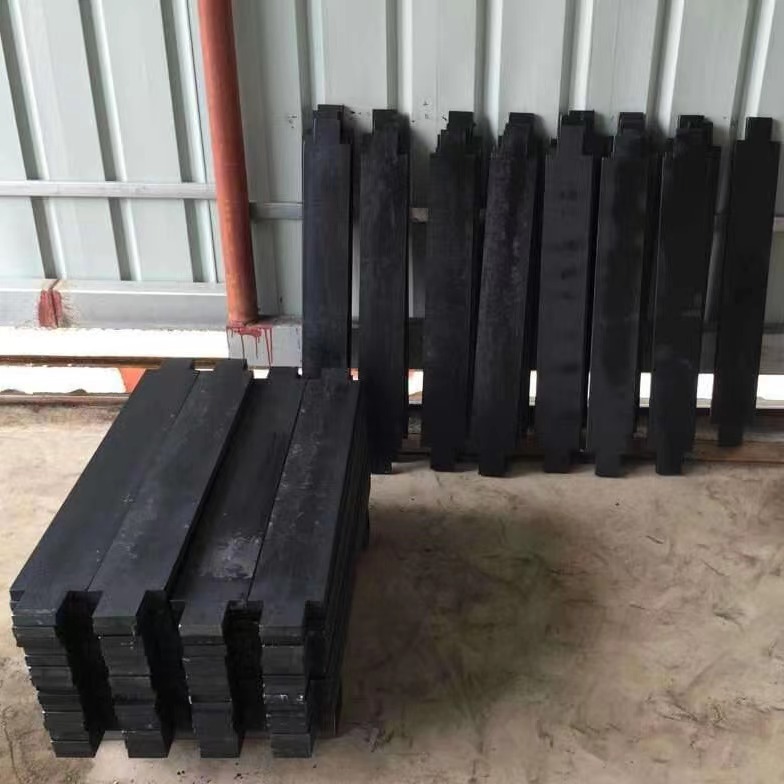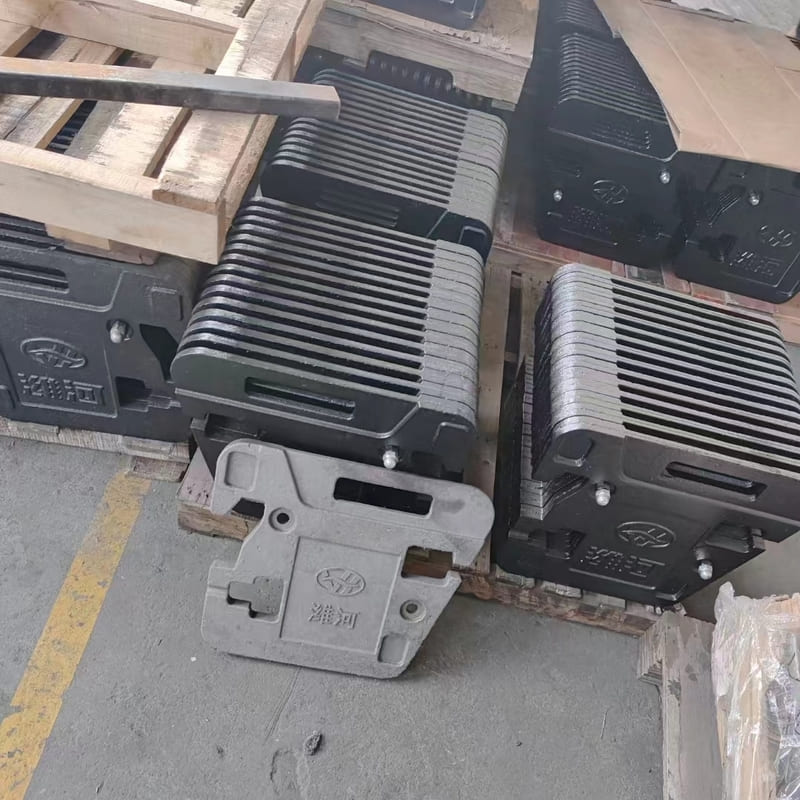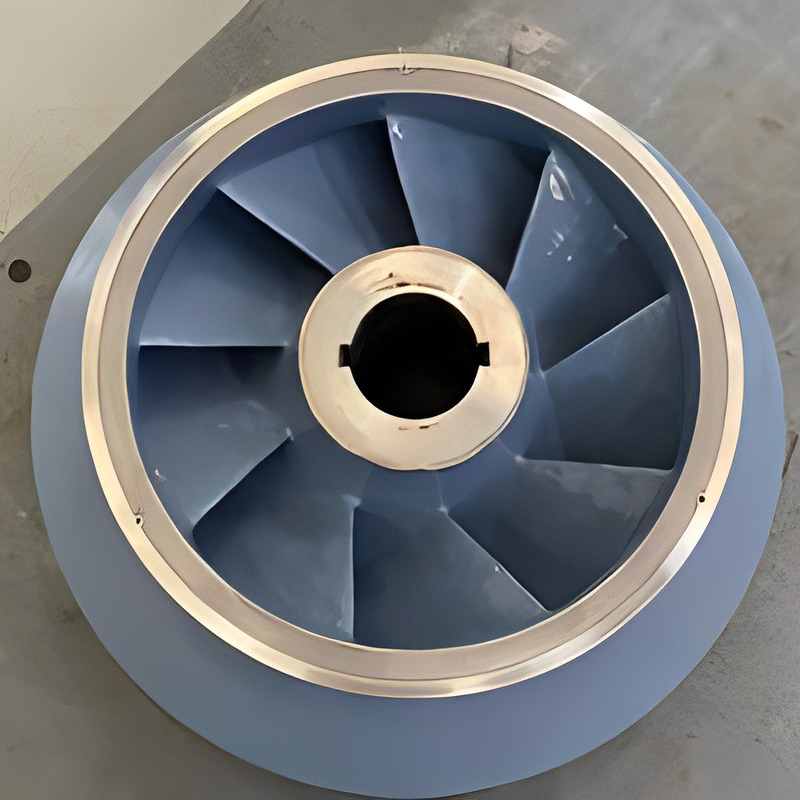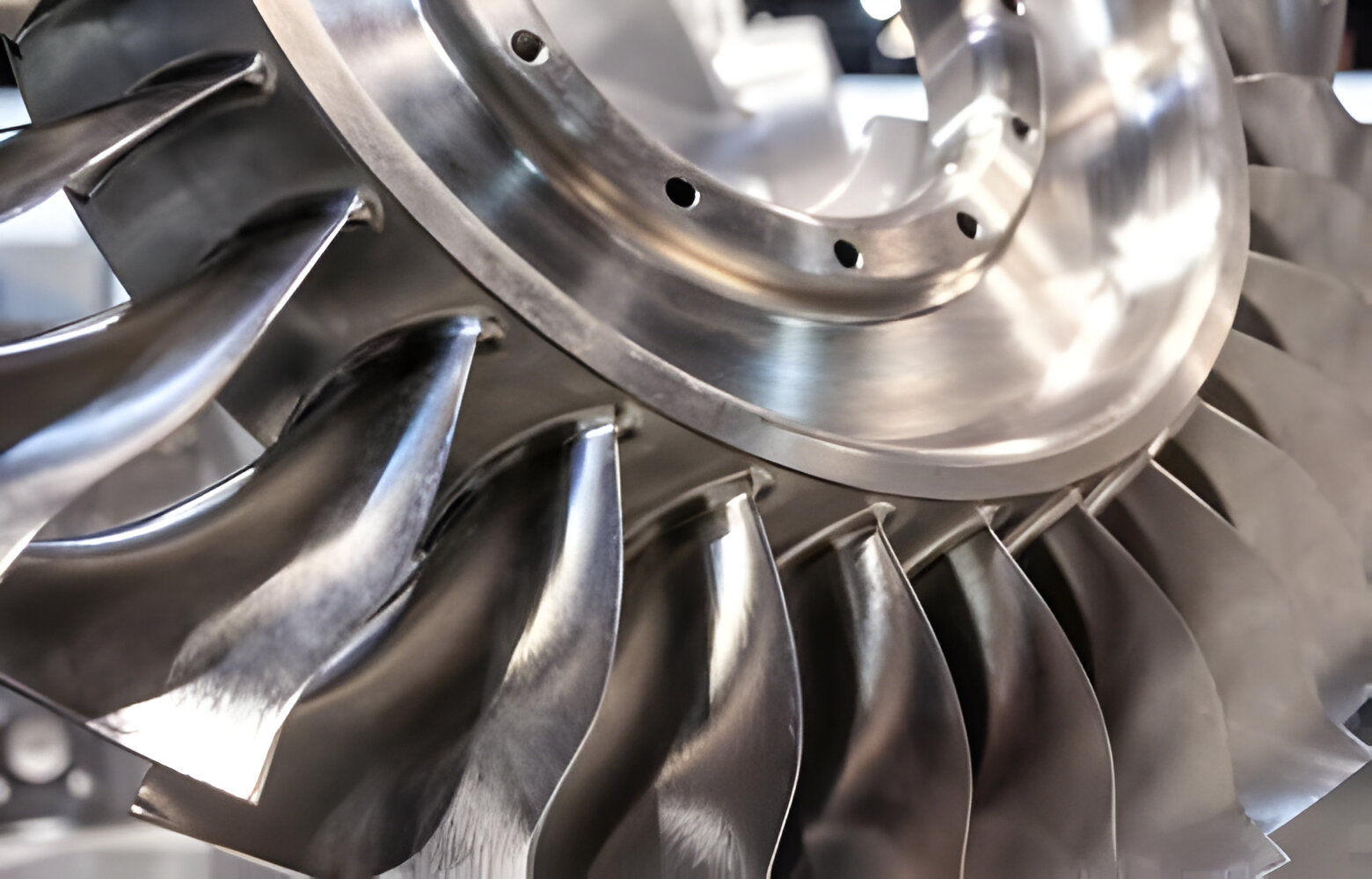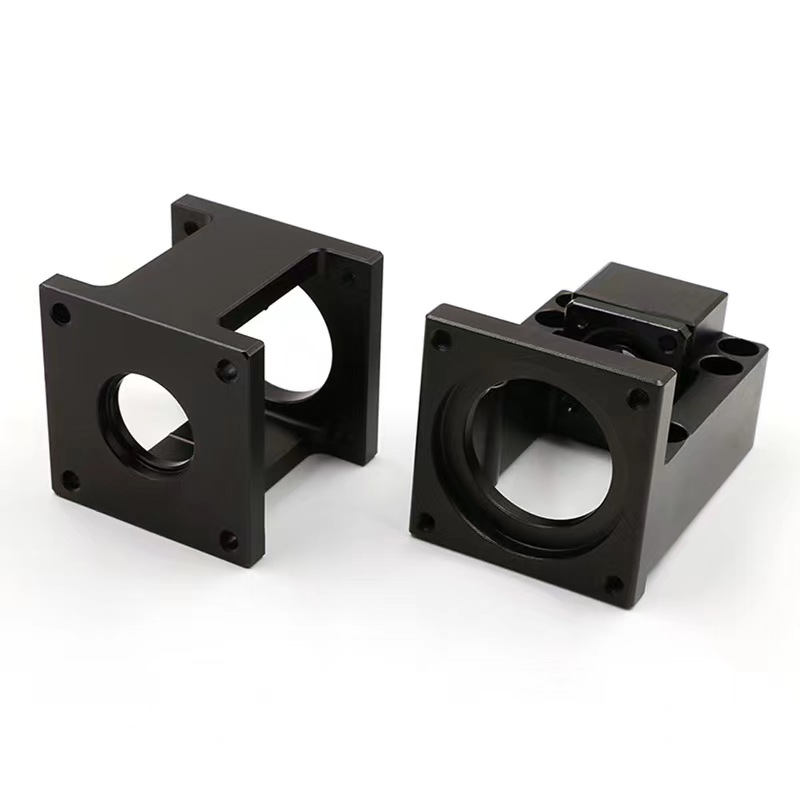In the realm of vertical transportation, manual elevators stand as enduring symbols of simplicity and reliability. These classic systems, often found in heritage buildings and low-rise structures, rely on manual operation and mechanical counterweights to facilitate smooth and efficient movement. In this article, we delve into the functionality and benefits of manual elevator counterweights, exploring their role in ensuring safe and effortless vertical travel.
1. Elevator Counterweight Systems in Manual Elevators
Manual elevators operate on a basic yet ingenious principle: human power moves the elevator car, while counterweights balance the load and assist in vertical movement. Unlike their motorized counterparts, manual elevators do not rely on complex electrical systems or motors, making them ideal for buildings where simplicity and reliability are paramount.
The counterweight system in manual elevators typically consists of a series of weights connected to the elevator car via cables or ropes. As passengers manually pull or push the car, the counterweights assist in lifting or lowering it, reducing the physical effort required and ensuring smooth and controlled movement.
2. Elevator Counterweight Weight Optimization for Manual Systems
In manual elevator systems, the optimization of counterweight weight is crucial for efficient operation and user comfort. Engineers carefully calculate the weight of the counterweights to achieve balance with the elevator car at various load capacities, ensuring that passengers can easily move the car without excessive exertion.
Factors such as the weight of the elevator car, the friction of the pulley system, and the desired speed of movement are taken into account when determining the optimal counterweight weight. By fine-tuning these parameters, elevator manufacturers can create manual systems that offer effortless vertical travel and consistent performance.
3. Elevator Counterweights: Enhancing Safety and Ease of Use
Manual elevators with counterweight systems offer several advantages in terms of safety and ease of use. Unlike hydraulic elevators that rely on fluid pressure, manual systems are inherently safe and reliable, requiring no external power source to operate. This makes them ideal for use in buildings where power outages or mechanical failures may occur.
Additionally, the use of counterweights in manual elevators reduces the physical effort required to move the elevator car, making them accessible to a wider range of users, including elderly individuals and individuals with disabilities. The smooth and controlled movement facilitated by counterweights enhances user comfort and confidence, ensuring a positive experience for all passengers.
At KT Foundry, we understand the importance of reliable and efficient elevator components, especially in manual elevator systems. Our range of high-quality counterweights is designed to meet the unique needs of manual elevator applications, providing smooth and effortless vertical travel for passengers. Contact us today through our website to learn more about our elevator counterweights and how they can enhance the performance and reliability of your manual elevator systems.

